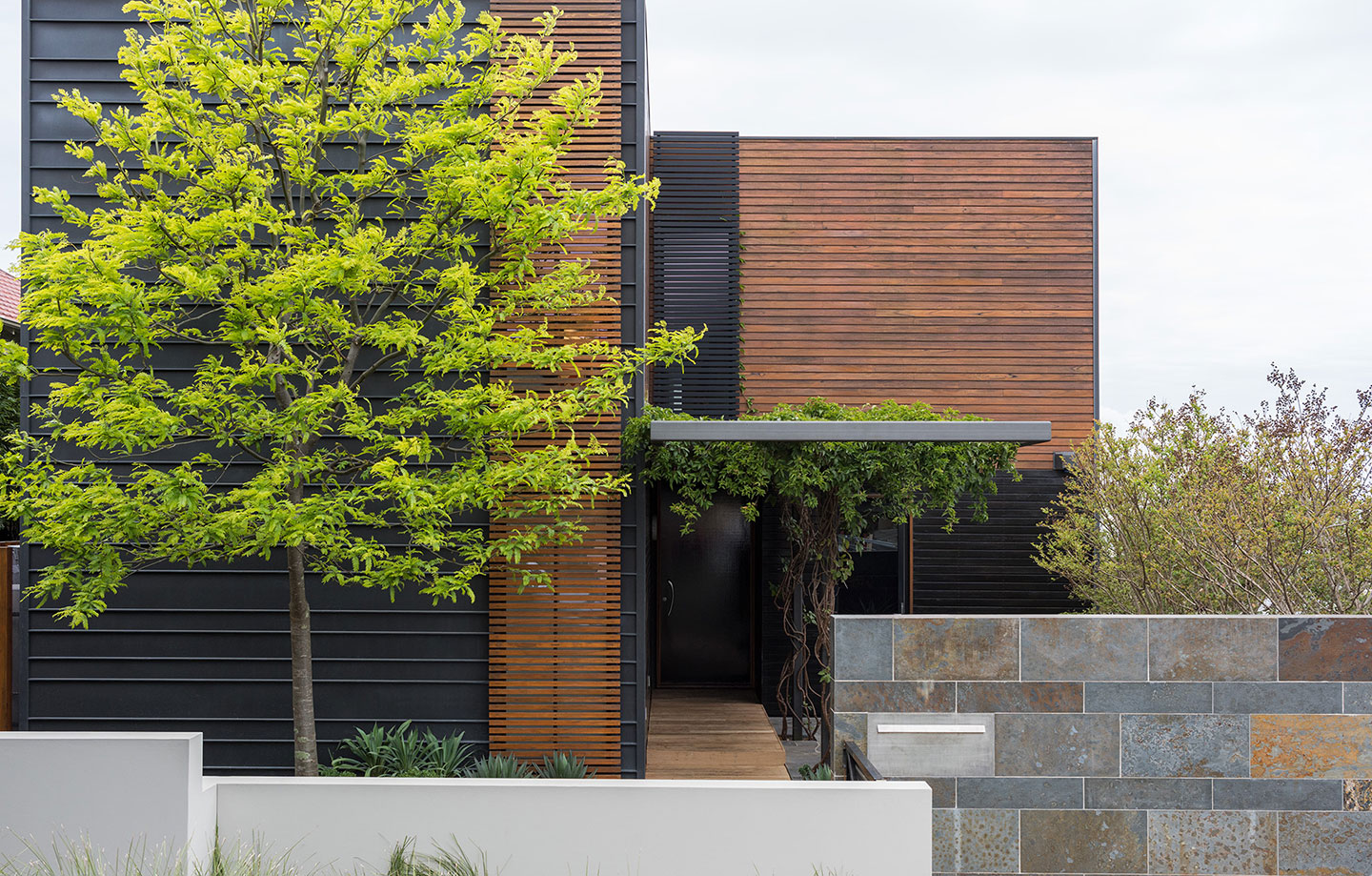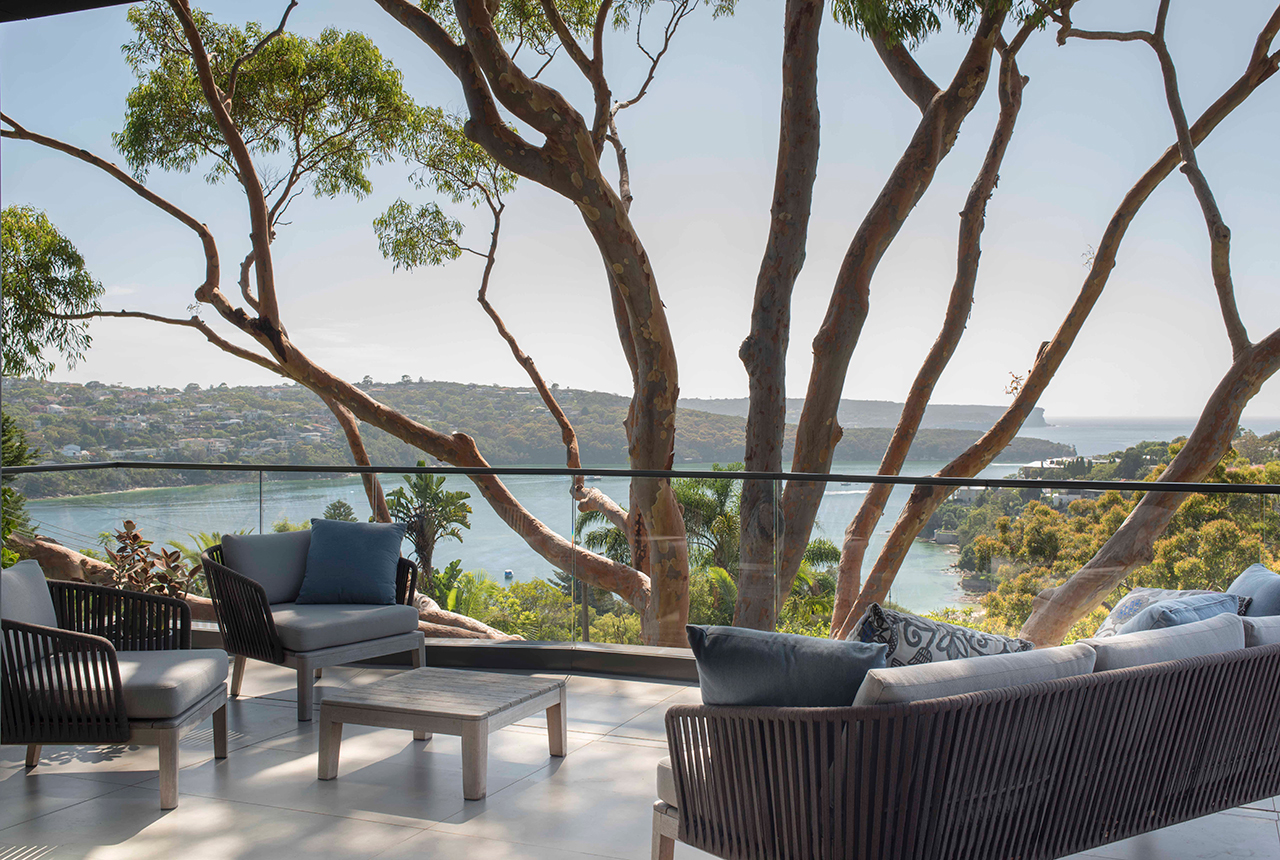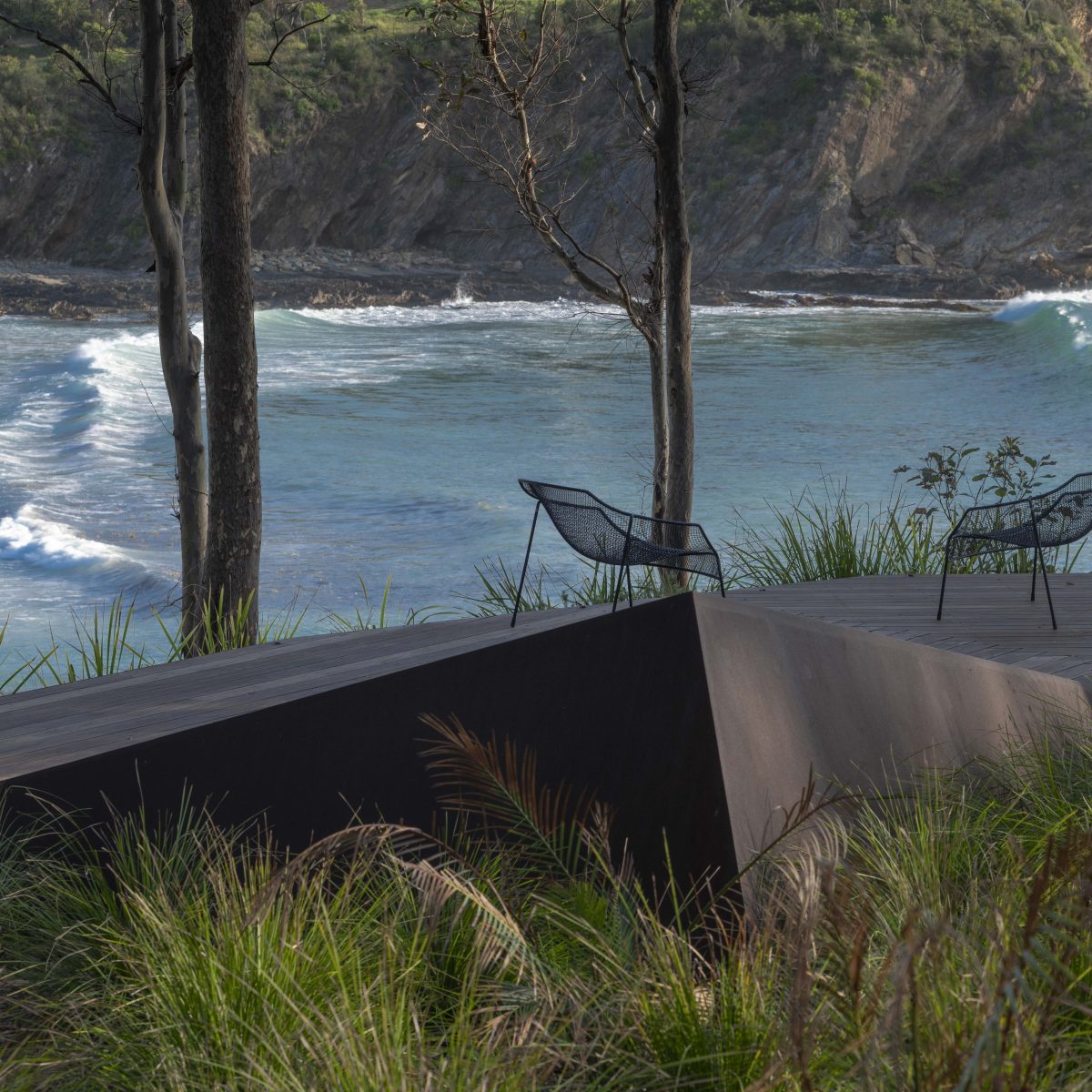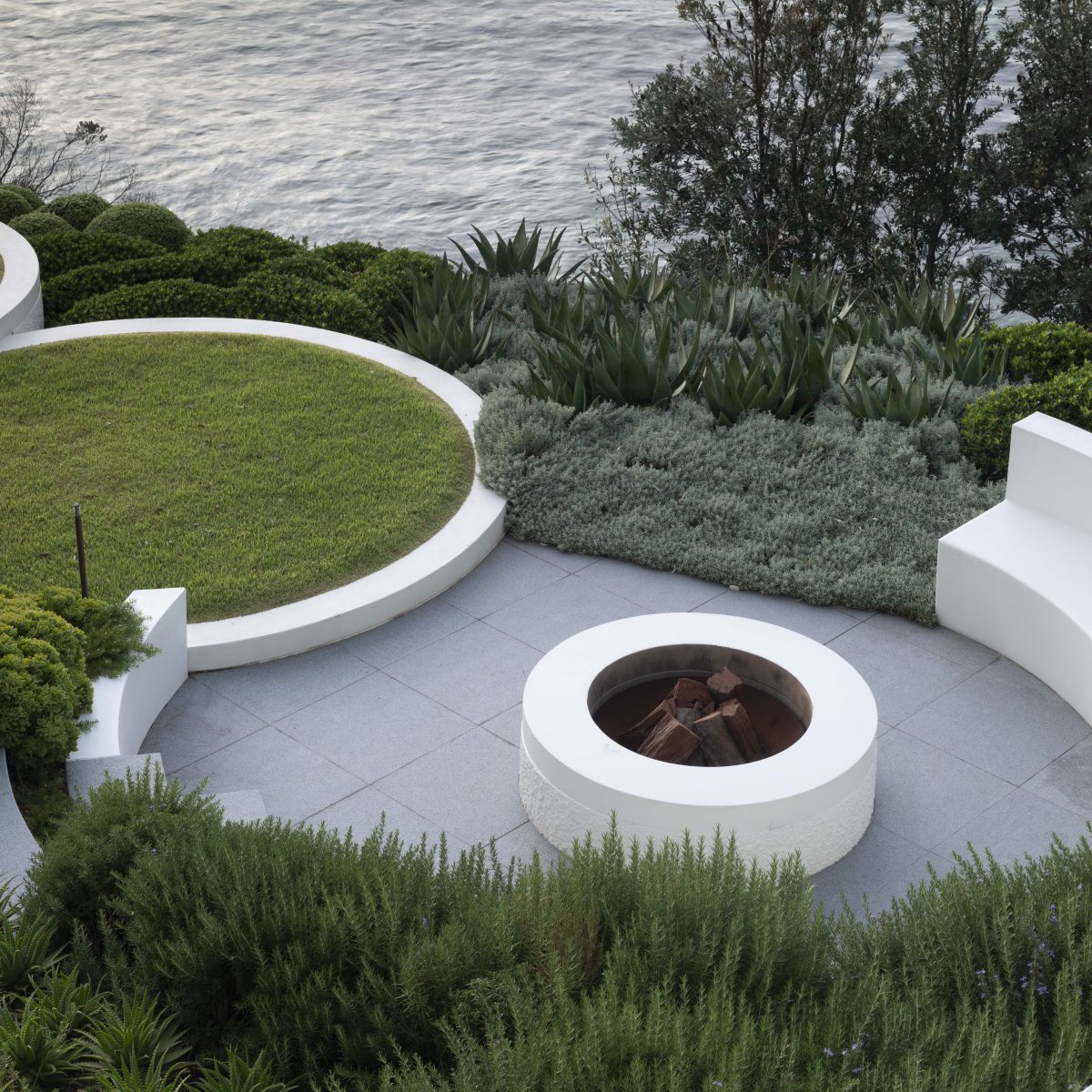Things to consider
A tree is more than just what you can see on the surface and it’s important to consider the roots before deciding on a particular variety. Some trees have a very compact root ball, whereas others – such as Robinia, which may stretch out under the ground for up to 30 metres! – can be a nuisance and even cause structural damage.
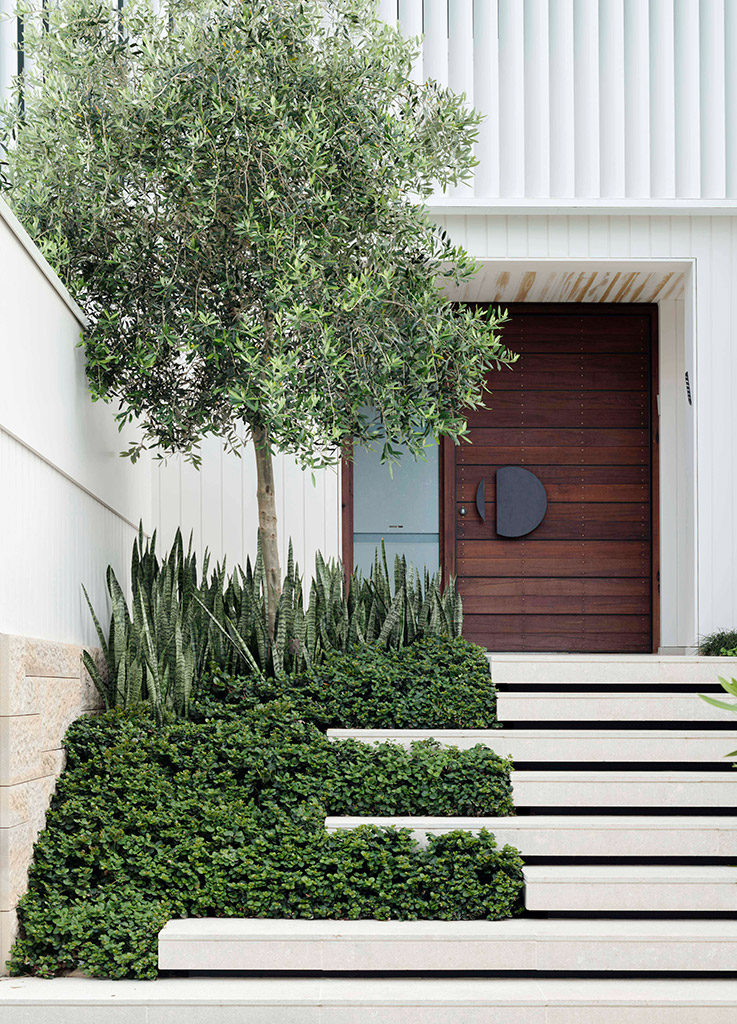
Above the ground, you’ll need to consider the trunk size – how wide will it grow and how much space do you need to allow? – and the canopy size. The latter can usually be pruned, but depending on how vigorously the tree grows, this could be an annoyingly frequent maintenance issue. On the plus side, some trees, like crepe myrtle, are happy to be pruned hard every winter (thereby letting in more light when you need it most) and will bounce back straightaway with a beautiful display of summer flowers or foliage.
Though it might not be an obvious consideration, safety can also be a factor; some trees, such as oleander, are toxic – possibly an issue if you have young children – while something like a camellia can be a hazard around paths, as their delicate blooms are incredibly slippery!
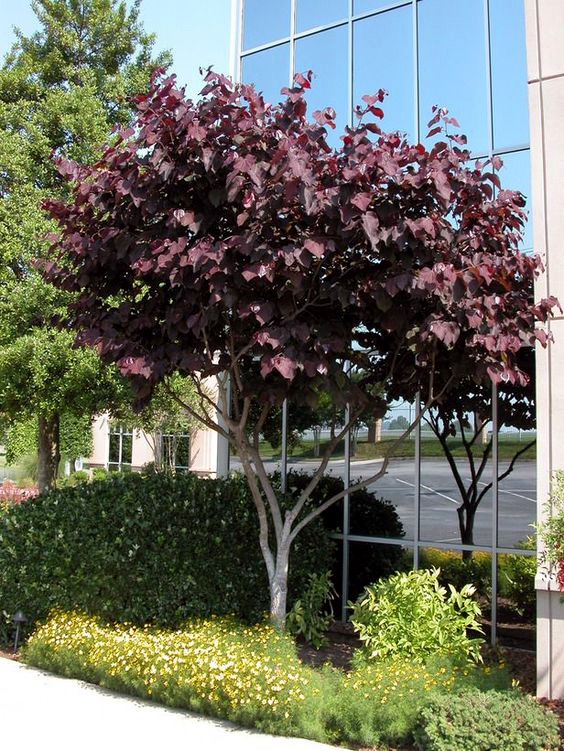
What to look for in a tree
Consider what style of garden you’re creating and choose a tree to match. A contemporary garden will probably lend itself to any type of tree you like, but a Mediterranean garden, for example, will suit olive trees over frangipani, which is better for a tropical space.
Fabulous foliage or flowers are probably top of the list of desirable features, attracting birds and providing a stunning garden centrepiece, but there are plenty of other good reasons to choose one tree over another. Deciduous varieties give the benefits of shade in summer, while shedding their leaves to let in light in winter – plus, bare of leaves, they can be wonderfully sculptural. If sculptural drama is what you’re after, you could also try something like a bottle tree – a conversation starter, if ever we saw one.
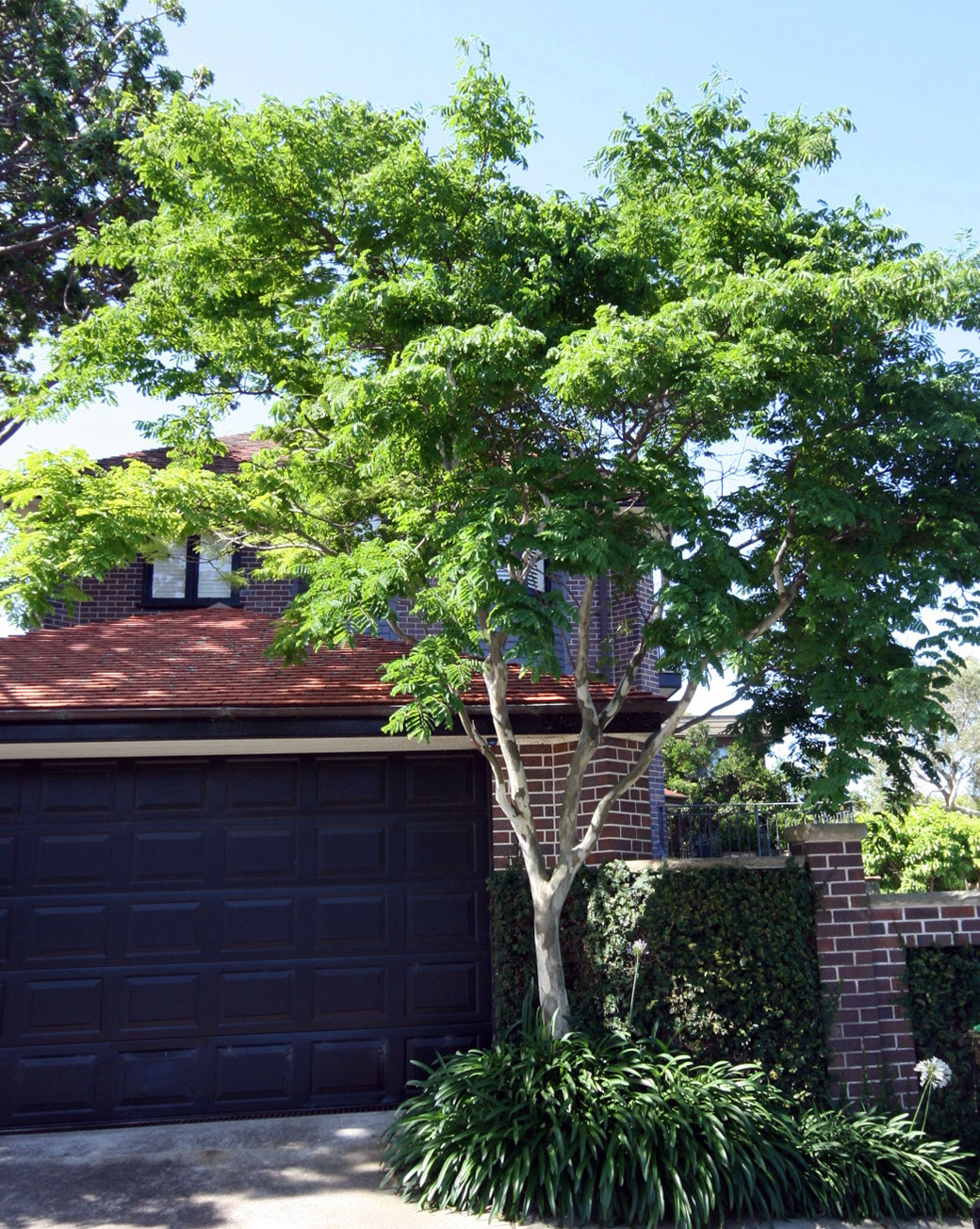
Best picks for smaller gardens
There are loads of options for small spaces, depending on the style of garden and how much work you’re willing to put into pruning the canopy to maintain its size. Among our favourites are Japanese maple, as it doesn’t grow too fast and is happy to live in a pot long term. As a bonus, it’s also a deciduous stunner, giving your garden a cool climate feel and bursting into beautifully coloured foliage in the spring. Aloe trees are also a top pick; content to live confined to a pot, they look great in a dry-style garden and don’t need irrigation.
If space is really very tight, it’s worth thinking outside the box. Espaliering trees is a great way to save space and create a gorgeous feature along the boundary line. We have used this method to fantastic effect with olive trees, magnolias, figs and citrus, to name a few.
